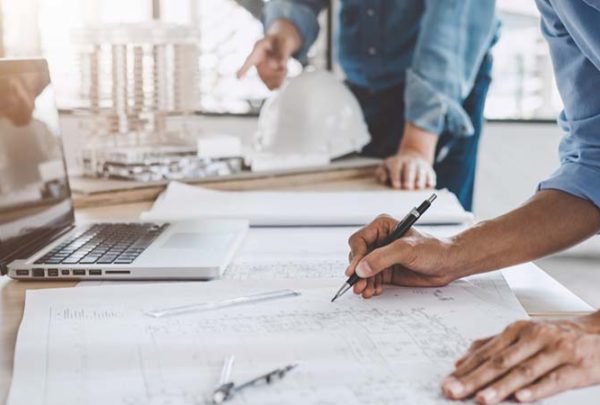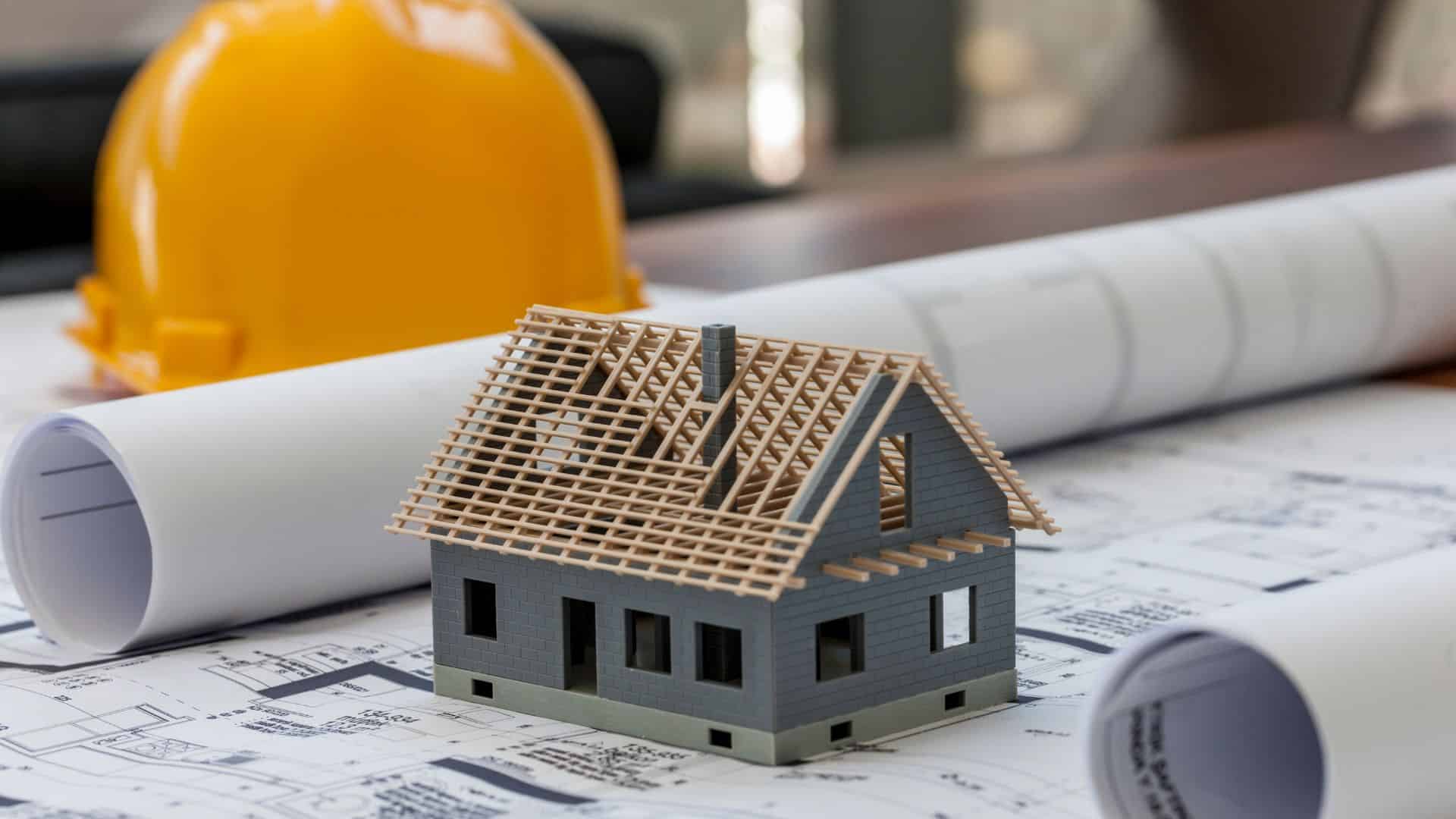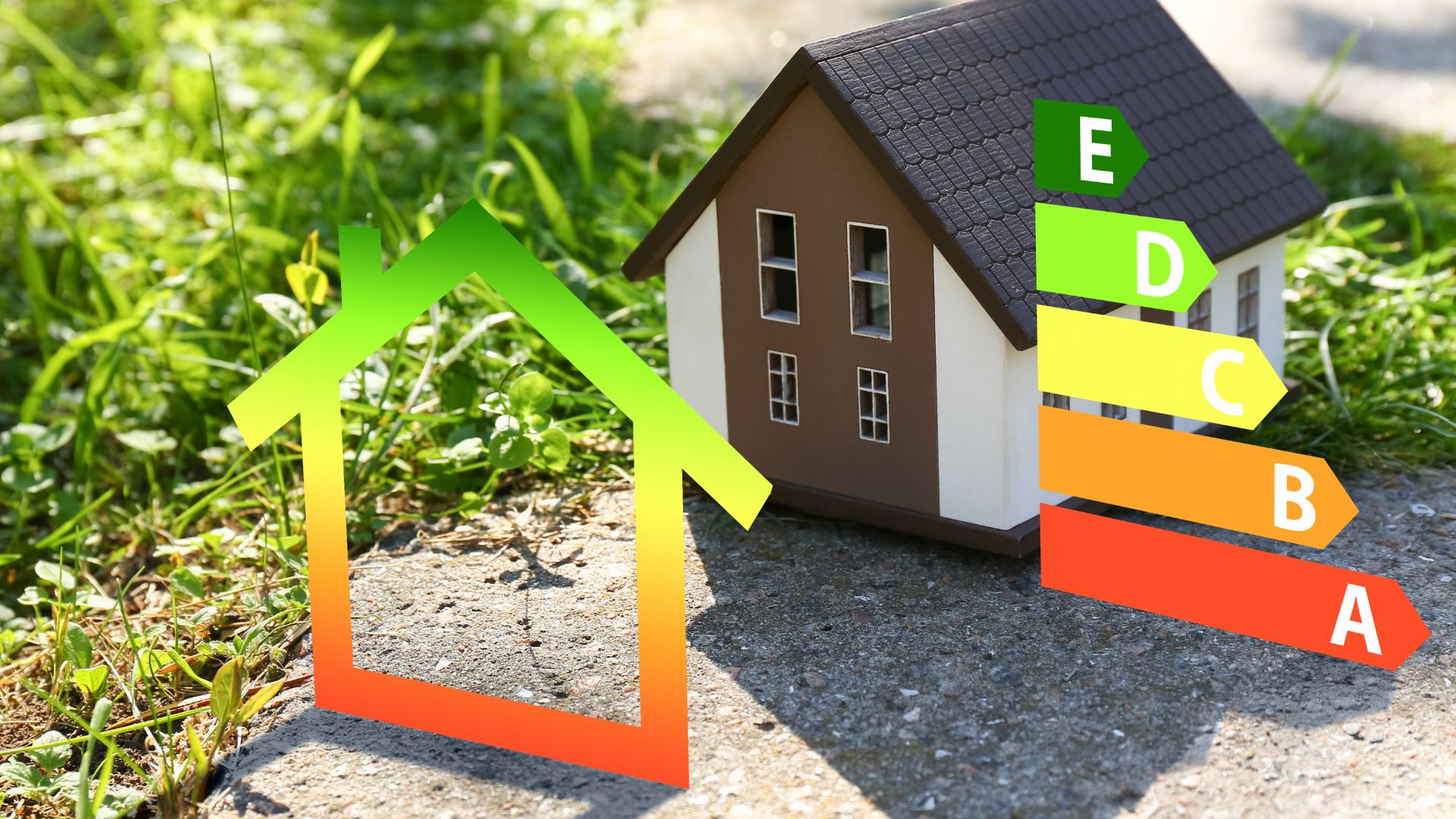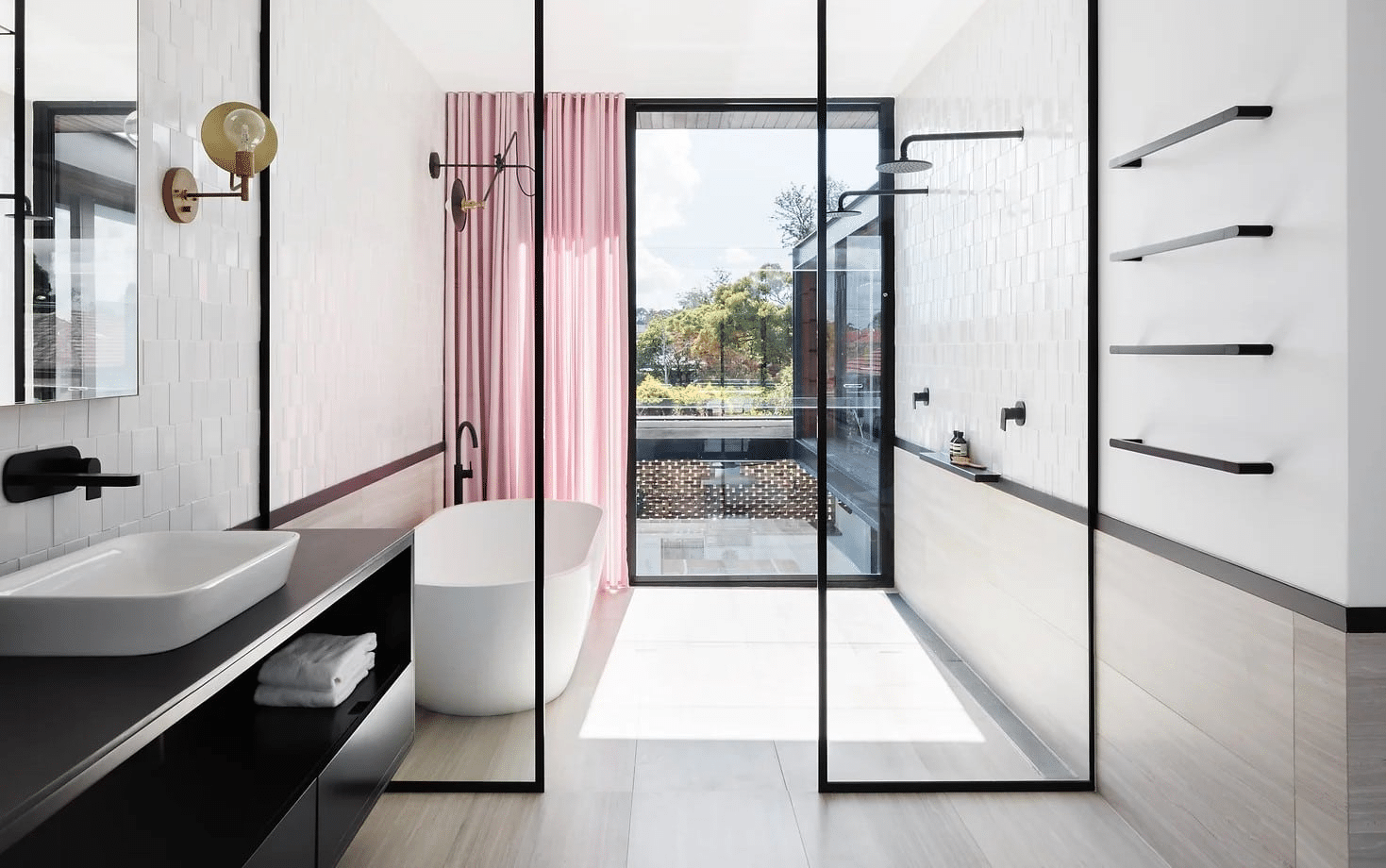
According to ASID, these are the 6 Big Ideas Interior Designers Need to Know in 2023.
The American Society of Interior Designers (ASID) is relied upon by the industry each year to provide three research reports: the Trends Outlook, the Economic Outlook, and the State of Interior Design. The ASID 2023 Trends Outlook report was published this week after a study of how modern lifestyles, cutting-edge technologies, and other societal changes are affecting the practice of design.
Although it is just as thorough and detailed as it always is, the report’s executive summary discusses how, as we put the pandemic’s most pressing worries behind us, “the emphasis with health and environmental safety has changed to a broader concern with wellness and well-being.” Although there is a similar theme running across many of the report’s findings, interior designers can gain far more knowledge than that. Here are six key findings that summarize who is looking for interior design services today, where they reside, and what they want.
It is essential to design for mental health and wellness.
World workers “are feeling even more worried than they were in 2020,” according to Gallup polling data published in the ASID 2023 Trends Outlook, while the US surgeon general has proclaimed a “youth mental health crisis” aggravated by the epidemic, suggesting that overall happiness is at an all-time low.
Though aesthetic decisions still matter, it’s more crucial than ever to think about how a space’s surroundings will affect the people who use it. That will result in a higher value being placed in 2023 on areas created to reduce stress and advance general wellness. This is particularly true at work, where employers still need to persuade staff members of the advantages of physically attending meetings. Homeowners are also becoming more and more interested in interiors that incorporate calming colors, lighting, and natural materials. Design elements that promote biodiversity, improve air quality, and provide spaces specifically for wellness pursuits like yoga or meditation will become increasingly more valuable.
It is more crucial than ever to adopt an inclusive mindset.
One figure included in the research suggests that diversity is increasing: in both urban and suburban areas, two-thirds of white Americans lived in mixed-race communities for the first time in 2020. That should serve as yet another indication that the design profession needs to become more adept at a wide range of cultural traditions, way of life, and aesthetic tastes.
Designing workplaces with neurodiverse employees in mind is another way that businesses are putting a more inclusive mindset front and center. Modifying workspaces can help neurodivergent people feel incorporated into the team while still providing amenities that help them bring their best selves to work. These changes can range from small adjustments like dimmer switches to the creation of quiet rooms and reoriented layouts.
Data from 2021 shows that millennials now make up 43% of all property buyers, making them the largest age cohort, despite earlier worries about their expensive avocado toast habits. In actuality, 26% of all house sellers are now older millennials. Although the millennial pink craze may be over (we’re eyeing brighter, bolder hues this year anyhow), it will pay to keep up with the first Instagram generation’s design preferences.
You’re not the only designer who has noticed an increase in demand from customers in the south and west. Some of the 13 states that will experience double-digit residential population growth between 2010 and 2020 include Florida, Texas, Utah, and Idaho. 12 of the 25 metro regions with the fastest growth over that time period are located in Florida alone. A significant majority of metropolitan areas will witness a decline in population in 2021 as a result of the suburban migration caused by skyrocketing property costs in cities. Even the wilderness is attracting new long-term residents in the age of remote work, even though that has been beneficial for suburbia and smaller metro regions. As a result, it’s possible that even the most remote regions of the nation will see a rise in demand for interior design services. Consider it a cue to brush up on your capacity for remote work.
Sustainability and opulence are mutually exclusive.
After a rocky finish to 2022, ASID anticipates a slight stabilization of the luxury housing market in 2019. What features are likely to be shared by the high-end homes that sell? The design and functionality of the home both place a strong emphasis on sustainability. These purchasers need more than simply eco-friendly amenities like rainwater catchment systems, low-energy lighting, and smart home technologies. They also have an aesthetic interest in environmentalism. According to the ASID 2023 Trends Outlook, harsh surfaces and synthetic materials are making way for “warmer, more stylish” accents like brighter woods, natural fabrics, and the incorporation of renewable materials like wool, cotton, and cork.
The distinction between domestic and industrial design is still hazy.

Interior design in 2023 will be all about managing mixed-use space, which is appropriate at a time when renovation is outperforming new-home development and commercial buildings are being transformed into apartments at a record pace. As well as the blending of the lines between healthcare and retail spaces, ASID points to the endurance of “resimercial” design principles that bring some of the comforts of home into workplaces and hospitality environments. Residential interior designers would do well to recognize the demand for multifunctional houses that provide space for work and play at the same time. Commercial designers would tremendously benefit from taking a close look at what is happening in the home.






